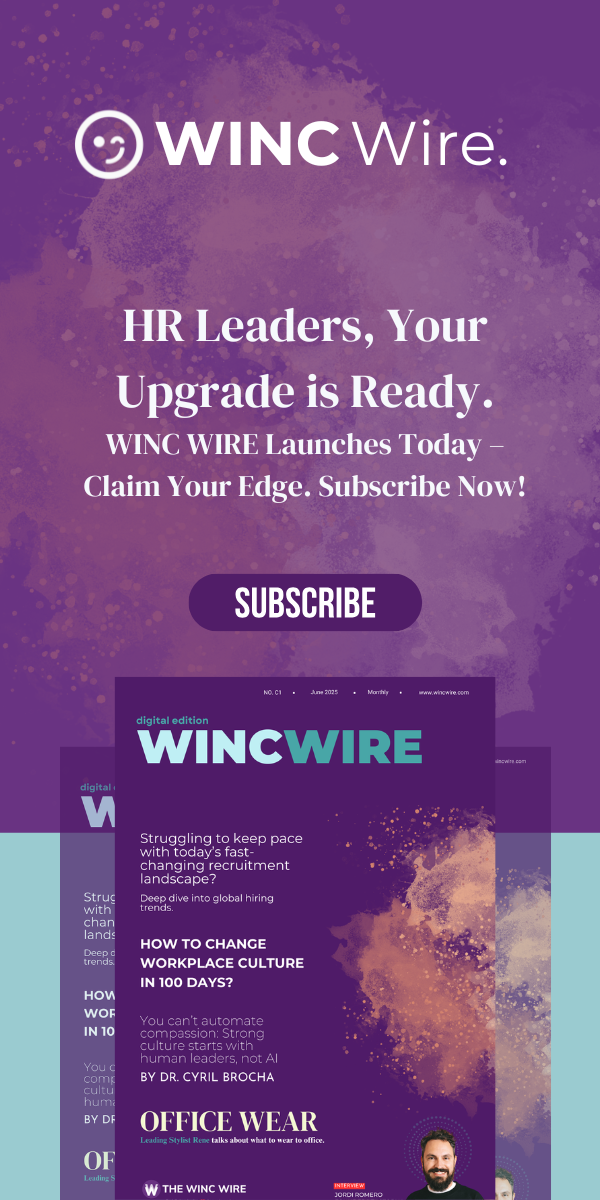Once seen as a backroom function concerned with payroll and policy, Human Resources has stepped into the spotlight as a central force in organisational evolution. Today’s HR leaders aren’t just managing people—they’re crafting the very DNA of modern, resilient organisations. In a world shaped by technological acceleration, evolving workforce expectations, and legislative upheaval, HR is no longer maintaining the rhythm of work—it’s orchestrating the symphony.
This is not a time for HR to tread cautiously. It’s an era to lead boldly—with purpose, precision, and an unflinching focus on people.
A Shifting Landscape: HR at the Epicentre of Change
The world of work is being redefined. From policy reforms to paradigm shifts in employee needs, HR professionals are navigating complexities that require both strategic acumen and emotional intelligence.
Policy in Motion: The UK Employment Rights Bill
Recent legislative developments, such as the UK’s Employment Rights Bill, signal a sweeping transformation in employment law. The introduction of day-one parental leave, stronger protection for zero-hour workers, and expanded anti-harassment provisions are not just legal obligations—they’re cultural markers.
A future-ready HR response means:
- Rebuilding Policies from the Ground Up: Contracts, handbooks, and processes must mirror both compliance and compassion.
- Educating Stakeholders: Line managers and employees alike need to understand not just the ‘what’ but the ‘why’ behind these changes.
- Communicating Proactively: Reassurance builds trust—especially when reforms are shared with clarity and consistency.
The Employee Covenant: More Than a Pay Cheque
Modern employees are not content with a job—they seek meaning, balance, and flexibility. In this era of asynchronous schedules and hybrid models, expectations have risen—and rightly so.
HR’s remit now includes:
- Designing Work That Works for Life: Flexibility must be hardwired, not offered as an afterthought.
- Embedding Wellbeing into the Culture: This is more than a yoga class or mental health day—it’s about creating spaces where people flourish.
When organisations shift from managing attendance to cultivating presence, real engagement begins.
What Future-Ready HR Leaders Must Master
Today’s HR professionals are less custodians and more architects—blending people-first leadership with sharp commercial awareness.
Here’s the new capability map:
- Strategic Vision: Aligning talent strategy with commercial objectives—thinking beyond the next quarter.
- Emotional Intelligence: Cultivating trust, inclusion, and adaptability through authentic relationships.
- Digital Dexterity: Leveraging AI, analytics, and HR tech to drive decisions—not just digitise admin.
- Business Fluency: Speaking the language of ROI, margin, and growth—because influence starts at the boardroom table.
- Change Leadership: Leading with steadiness through disruption, turning ambiguity into opportunity.
Strategic HR Planning: Turning Insight Into Impact
Gone are the days when HR planning was reactive. Today’s most effective leaders operate like strategists—forecasting, aligning, and executing with precision.
A roadmap for HR planning:
- Audit What Exists: What’s delivering impact? Where are the cracks?
- Anchor to Business Strategy: HR must move in lockstep with core objectives.
- Forecast Future Needs: Talent pipelines should be proactive, not panicked.
- Launch Targeted Programmes: Training, DEI, succession—whatever bridges the gap.
- Track, Learn, Refine: Data is not optional; it’s the proof of progress.
This approach transforms HR from risk mitigation to value creation.
Technology: A Force Multiplier, Not a Replacement
Technology doesn’t dehumanise HR—it empowers it. The right tools allow HR to refocus on strategic and emotional intelligence, leaving automation to handle the repetitive.
Top tools for the modern HR toolkit:
- AI-Powered Hiring: Identify top-tier talent swiftly and objectively.
- Predictive Analytics: Spot attrition before it happens. Plan reskilling before it’s needed.
- Collaboration Platforms: Keep teams united, regardless of geography.
- Automation Systems: From compliance to payroll, free up time for people-centric strategy.
Think of technology as an accelerant. It lets HR do more of what matters—connecting with people.
Proving HR’s Worth: The Numbers That Matter
To secure its role as a strategic business partner, HR must speak the language of metrics and outcomes.
Here’s how to measure impact:
- Lower Turnover Rates: Demonstrate cost savings and continuity.
- Improved Engagement Scores: Show how culture boosts productivity.
- Reduced Absenteeism: Link wellbeing investments to operational stability.
- Higher Internal Promotions: Prove the value of internal mobility.
- Employer Brand Metrics: Show how happy teams attract top talent.
When HR data tells a story of progress, investment follows.
The Leadership Challenge: Rising to Meet the Moment
HR stands on the brink of something powerful. With legislative winds shifting, talent expectations evolving, and digital transformation in full force, this is not a support function’s moment—it’s a leadership one.
Karl often reflects on his time leading HR in hospitality and automotive sectors, where the most profound impact was always made when people were treated as strategy—not cost. Whether redesigning onboarding for a luxury hotel group or scaling a workforce in the automotive supply chain, the lesson remained the same: culture outperforms compensation when done right.
So, the question is not whether HR can lead. It’s whether it will.
Let’s Build Cultures of Excellence—Together
If this message struck a chord, you’re in good company. Follow Karl for weekly insights on strategic HR, inclusive leadership, and the future of work. You’ll get practical tools, legal updates, and real-world strategies to help you turn HR into a powerhouse of progress.
Let’s reshape the workplace—one action, one conversation, one culture at a time.





